6-Day Crete Adventure: Unexplored Paths and Outdoor Activities with Friends
Crete, Greece
6 days
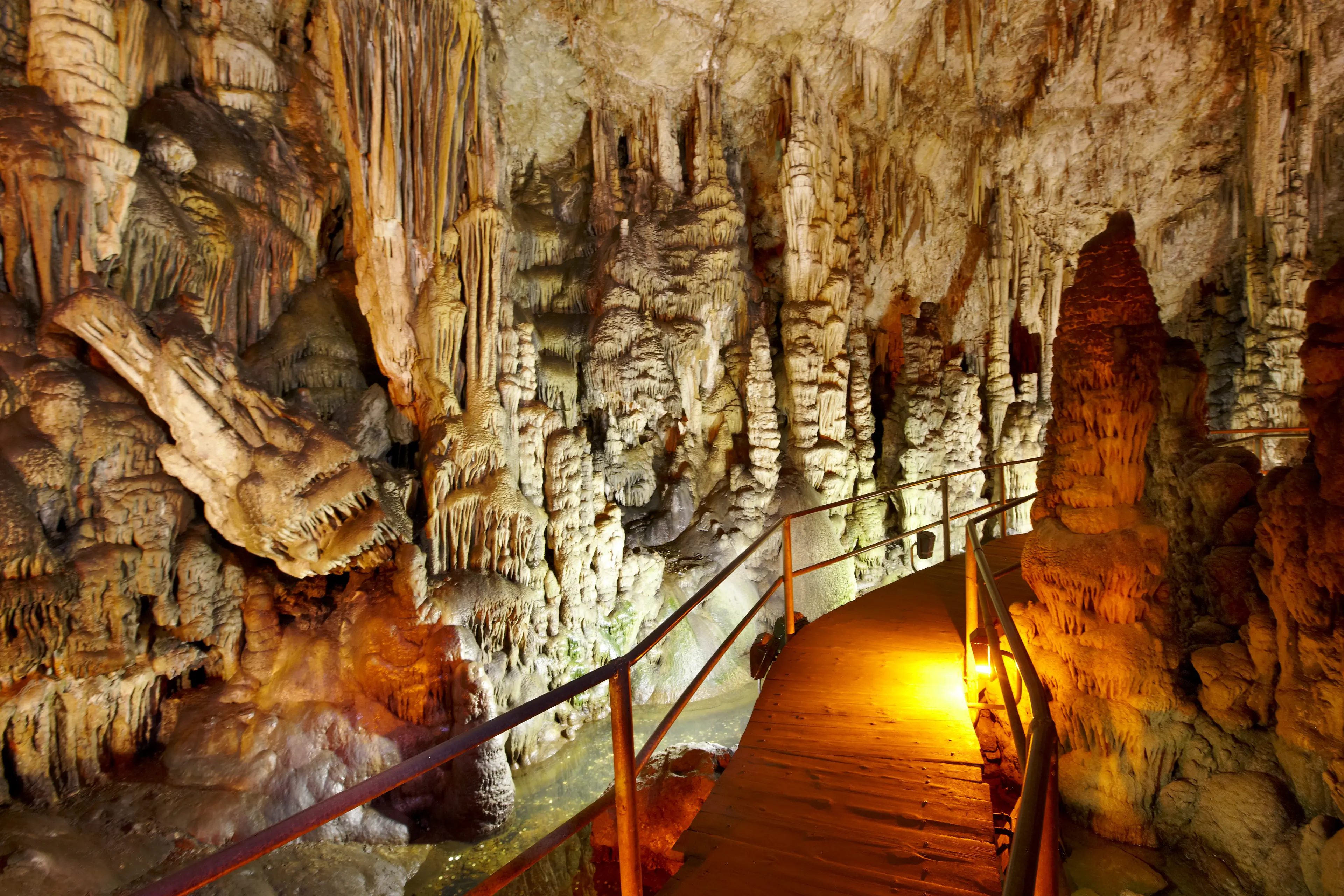
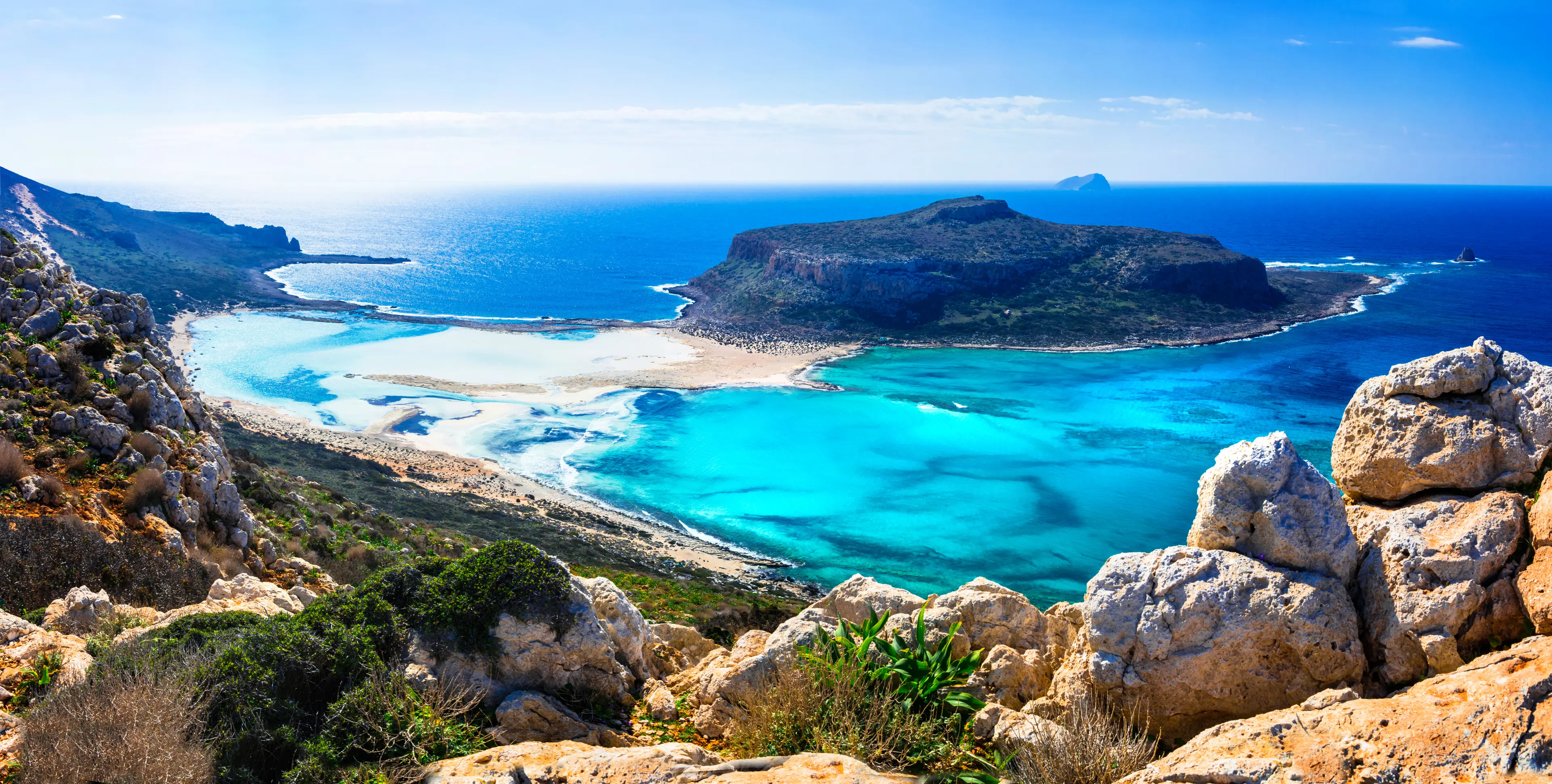
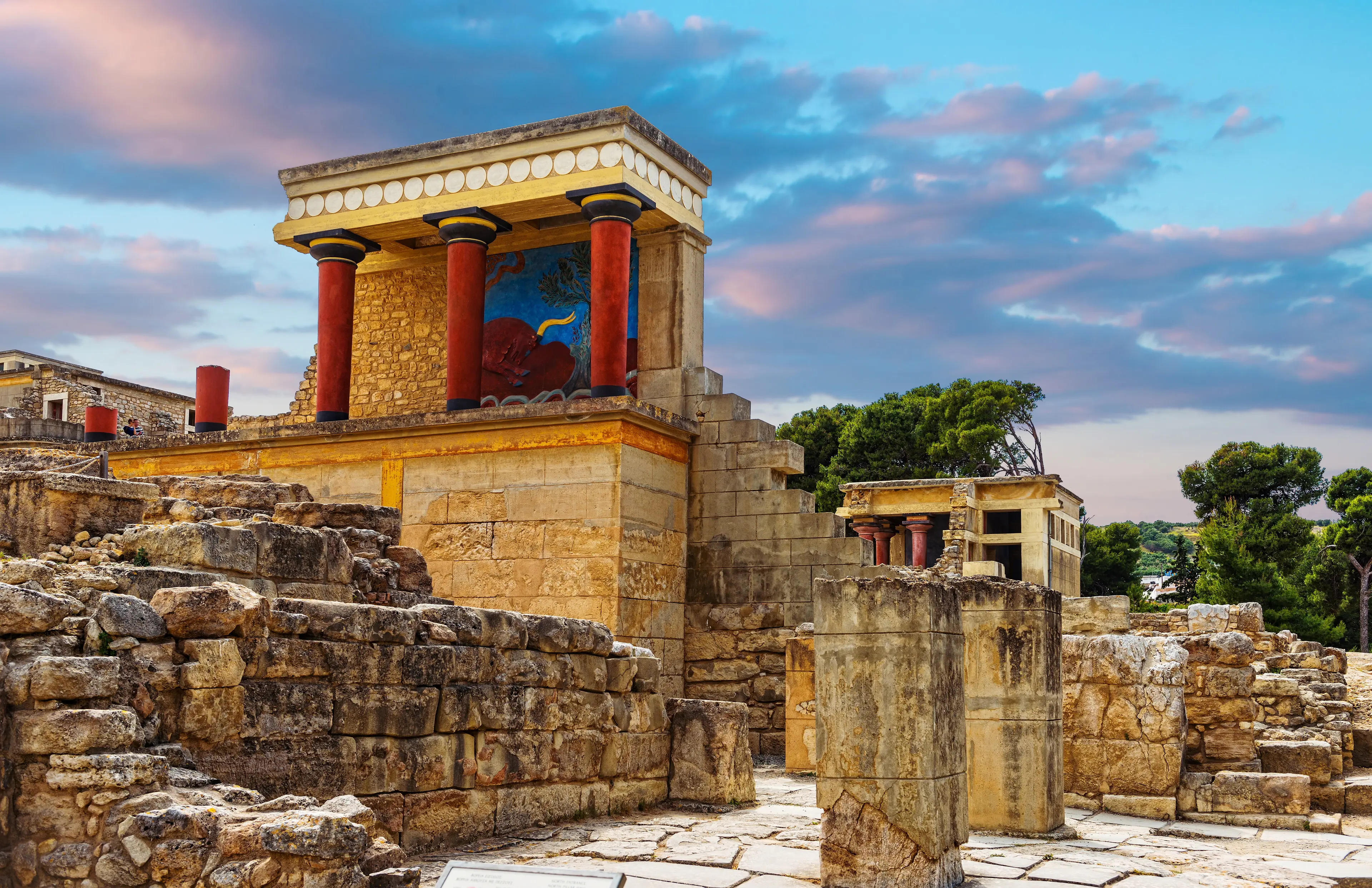
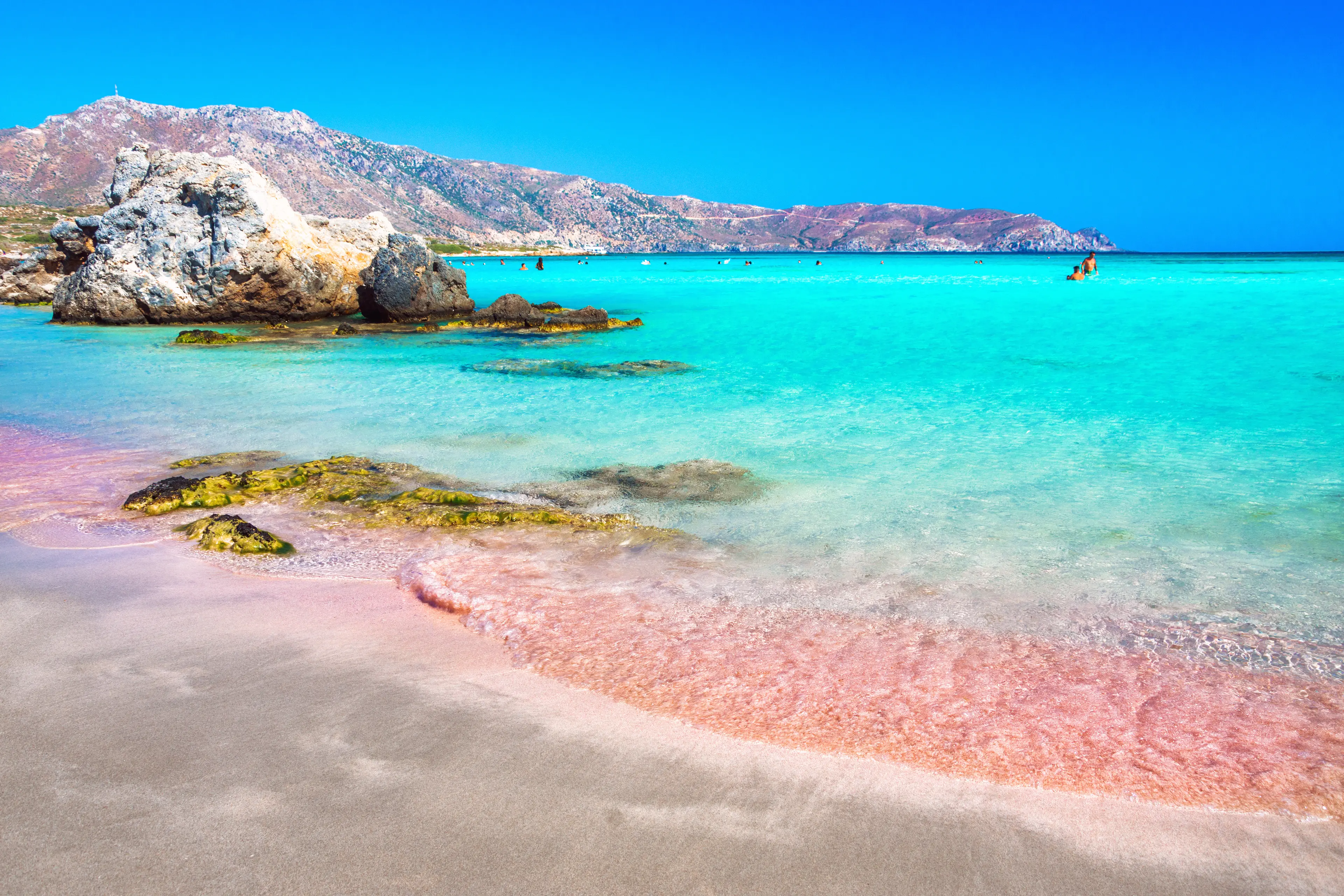
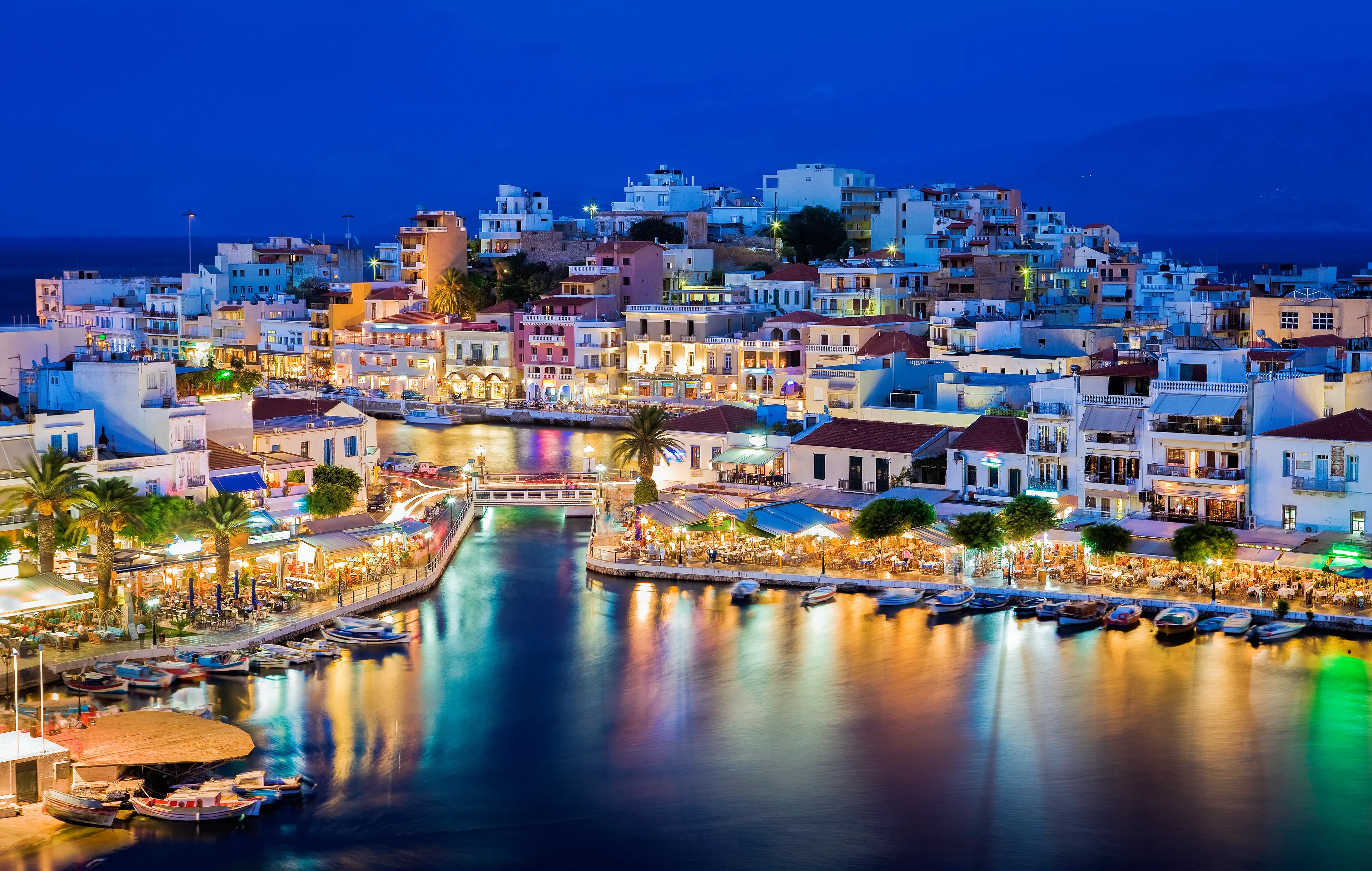
About Crete, Greece
Experience the magic of Crete, Greece's largest island, rich in mythical history and vibrant culture. Explore the ancient ruins of the Minoan Palace, hike the awe-inspiring Samaria Gorge, or simply relax on the stunning Elafonisi beach. Crete offers a diverse culinary scene, with local specialties like Dakos and Moussaka. Visit traditional villages like Vamos and Kritsa to experience authentic Cretan life. The island's unique blend of beautiful landscapes, historical sites, and warm hospitality make it a perfect destination for all types of travelers. Whether you're a history buff, a foodie, or a nature lover, Crete promises an unforgettable journey.
6-Day Itinerary
Day 2
Hiking the Samaria Gorge and Relaxing in Agia Roumeli
Morning
Start your day with a hike in the Samaria Gorge. The gorge is a national park and offers stunning views of the Cretan landscape.
Lunch
Have a picnic lunch in the park. Enjoy the tranquility and the natural beauty of the area.
Afternoon
Continue your hike to the village of Agia Roumeli. The village is accessible only by foot or boat.
Dinner
Enjoy a well-deserved dinner in a seaside taverna in Agia Roumeli.
Evening
Relax on the beach and watch the sunset over the Libyan Sea.
Day 3
Visiting the Island of Spinalonga and the Village of Elounda
Morning
Take a boat trip to the island of Spinalonga. The island was a leper colony and is now a popular tourist attraction.
Lunch
Have lunch in a taverna in the village of Plaka. Enjoy the stunning views of Spinalonga and the Mirabello Bay.
Afternoon
Explore the Venetian fortifications and the abandoned houses on Spinalonga.
Dinner
Have dinner in a fish taverna in Elounda. The village is known for its fresh seafood.
Evening
Enjoy a drink in one of the bars in Elounda. The village has a lively nightlife.
Day 4
Discovering the Monastery of Preveli and Relaxing on Preveli Beach
Morning
Visit the Monastery of Preveli. The monastery is located on a hill overlooking the Libyan Sea.
Lunch
Have lunch in a taverna in the village of Preveli. Try the local lamb dishes.
Afternoon
Spend the afternoon on Preveli Beach. The beach is known for its palm forest and the river that flows into the sea.
Dinner
Have dinner in a seaside restaurant in Plakias. The village offers a variety of dining options.
Evening
Relax on the beach and watch the stars. Plakias is known for its clear skies and minimal light pollution.
Day 5
Touring the Venetian Fortress of Fortezza and the Old Town of Rethymno
Morning
Start your day with a visit to the Venetian fortress of Fortezza in Rethymno. The fortress offers panoramic views of the city and the sea.
Lunch
Have lunch in a traditional taverna in the old town of Rethymno. Try the local dishes such as stifado and souvlaki.
Afternoon
Explore the old town of Rethymno. Visit the Rimondi Fountain and the Neratze Mosque.
Dinner
Have dinner in a restaurant in the Venetian harbor of Rethymno. The harbor is lined with restaurants and bars.
Evening
Enjoy a drink in one of the bars in the harbor. The harbor is a popular nightlife spot.
Day 6
Visiting the Archaeological Site of Phaistos and Relaxing on Matala Beach
Morning
Start your day with a visit to the archaeological site of Phaistos. The site was a major center of the Minoan civilization.
Lunch
Have lunch in a traditional taverna in the village of Matala. Try the local dishes such as snails and rabbit stew.
Afternoon
Spend the afternoon on Matala Beach. The beach is known for its caves that were used as tombs in the Roman period.
Dinner
Have dinner in a seaside taverna in Matala. Enjoy the fresh seafood and the local wines.
Evening
End your trip with a visit to the Matala Caves. The caves were used as dwellings in the 1960s by hippies.
Attractions in Itinerary (13)

1Knossos
The largest Bronze Age archaeological site on Crete and considered Europe's oldest city. It was the ceremonial and political centre of the Minoan civilization and culture.

2Heraklion Archaeological Museum
One of the greatest museums in Greece and the best in the world for Minoan art.

3Samaria Gorge
A national park that is home to the longest gorge in Europe. Offers a challenging hike with breathtaking views.

4Agia Roumeli
A small village in Sfakia, southwest Crete, known for its beautiful beaches and as the exit of the Samaria Gorge.

5Spinalonga
Spinalonga is an island where lepers from Crete and the rest of Greece were quarantined until 1957. It is known for its small pebble beaches and shallow waters. The island is also the main setting in Victoria Hislop's bestselling novel 'The Island' and Werner Herzog's experimental short film 'Last Words'.

6Monastery of Preveli
The Monastery of Preveli is a historical and religious landmark located on the southern coast of Crete. It is known for its significant role in the history of Crete, particularly during the Cretan Revolt in 1866. The monastery is also home to a museum that showcases religious artifacts.

7Preveli Beach
A unique beach with a river that ends in a palm tree forest, creating a tropical landscape.

8Fortezza
The Fortezza is the citadel of the city of Rethymno in Crete, Greece. It was built by the Venetians in the 16th century, and was captured by the Ottomans in 1646. By the early 20th century, many houses were built within the citadel.

9Rimondi Fountain
The Rimondi Fountain is a Venetian fountain in Rethymno, Crete. It was built in 1626 by Rimondi, the rector of the city, and is known for its three lion heads where the water flows from.

10Neratze Mosque
The Neratze Mosque, also known as the Gazi Hussein Mosque, was originally a Venetian church dedicated to Santa Maria. It was converted into a mosque during the Ottoman era. Today, it serves as a music conservatory and is a symbol of Rethymno's multicultural history.

11Phaistos
Phaistos was one of the most important centres of Minoan civilization, and the most wealthy and powerful city in southern Crete. It was inhabited from the Neolithic period until the foundation and development of the Minoan palaces in the 15th century B.C.

12Matala Beach
A beautiful beach known for its clear waters and the caves in the cliffs, which were used as tombs in the Roman period. It's also famous for being a hippie destination in the 1960s.

13Matala Caves
The Matala Caves are a series of caves carved into the rocks surrounding the village of Matala. They were used as tombs during the Roman period, and in the 1960s and 70s, they were occupied by hippies.
Local Food and Drinks (12)
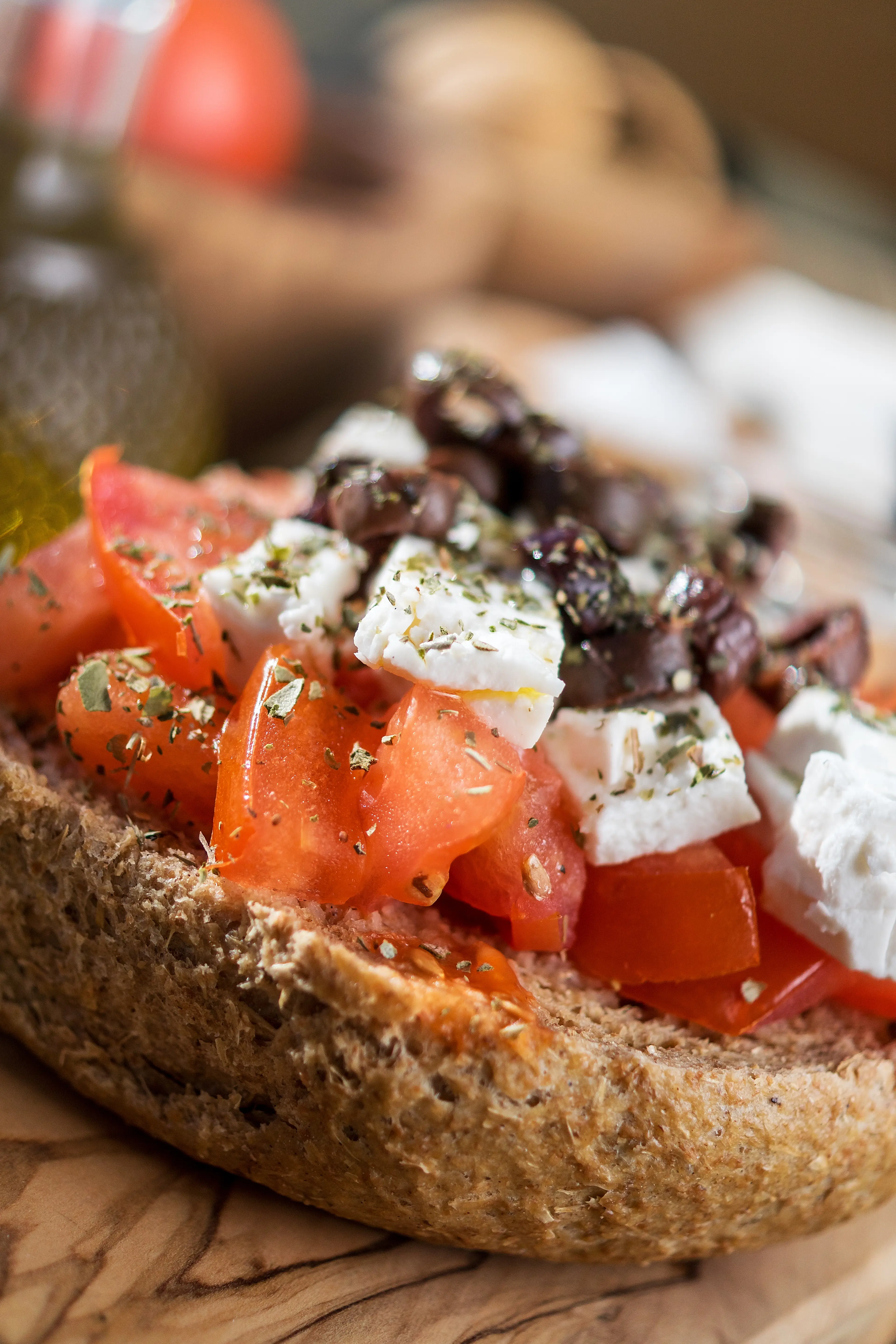
Dakos
A traditional Cretan dish made of a slice of soaked dried bread or barley rusk topped with chopped tomatoes and crumbled feta or mizithra cheese, and flavored with herbs such as dried oregano. A staple in the Cretan diet.
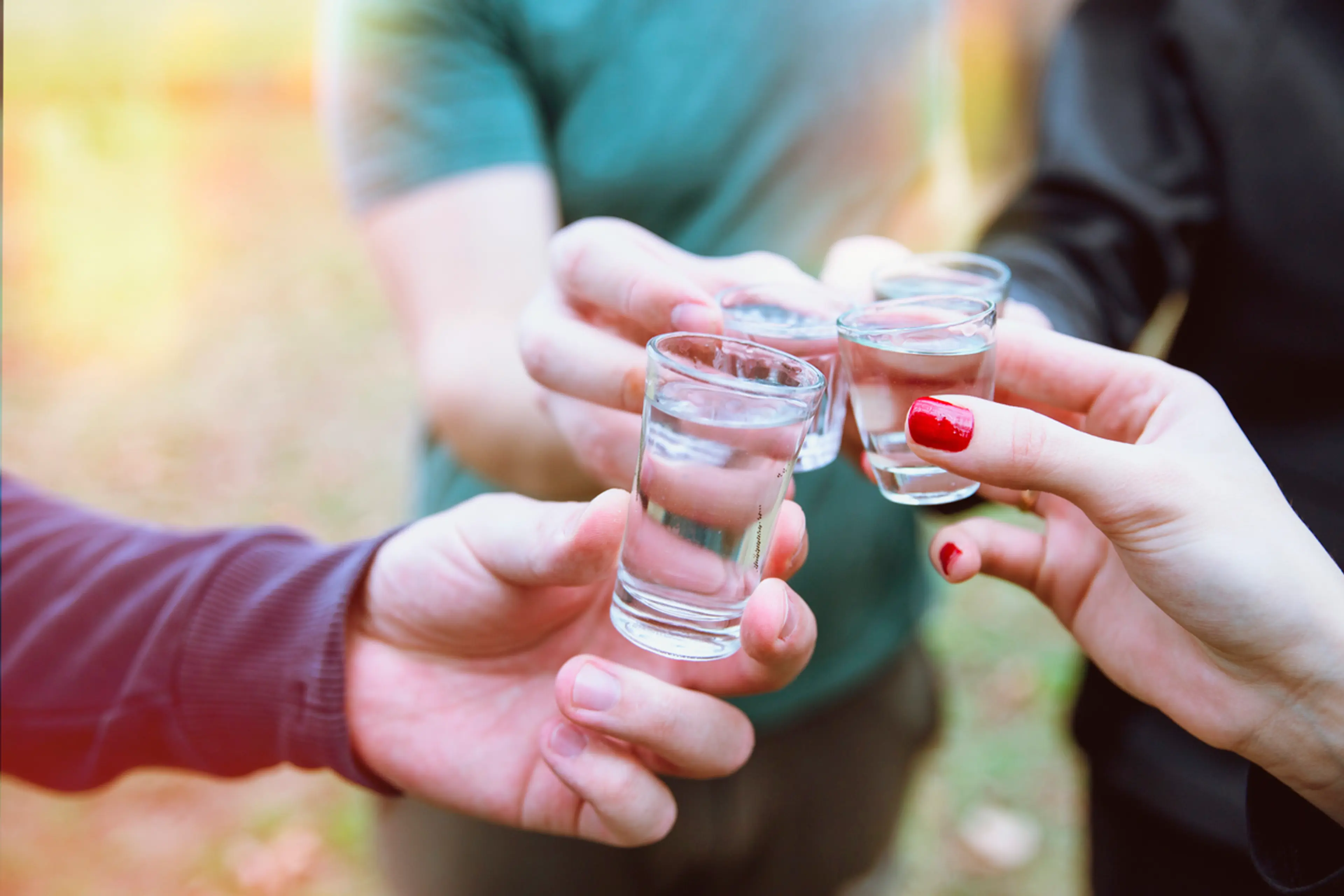
Raki
A strong distilled spirit containing approximately 37% alcohol. It is often served at the end of a meal in small glasses, and is considered a symbol of Cretan hospitality.
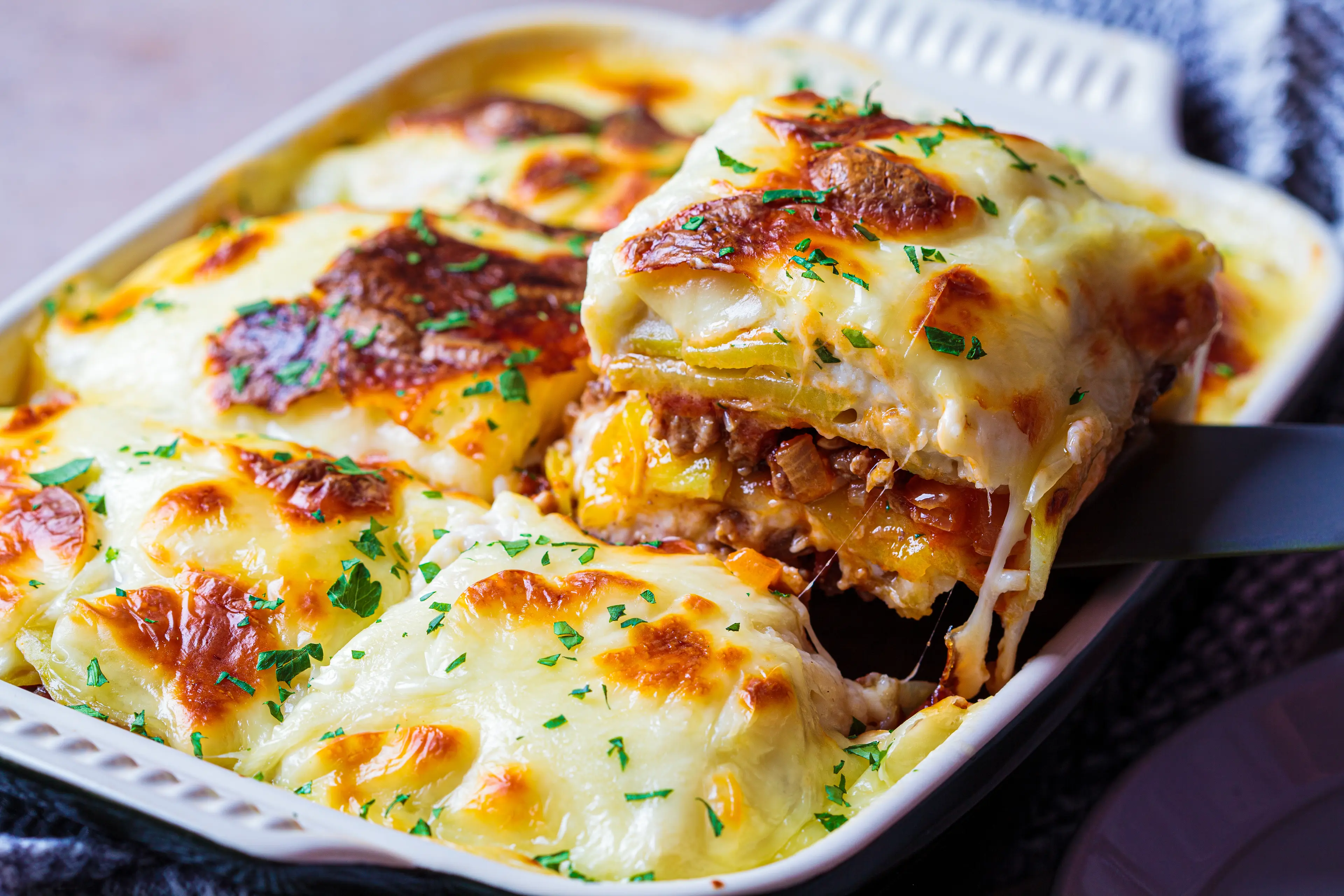
Moussaka
A popular dish throughout Greece, but also a must-try in Crete. It consists of layers of eggplant, potatoes, and spiced meat, topped with a creamy béchamel sauce and baked to golden perfection.
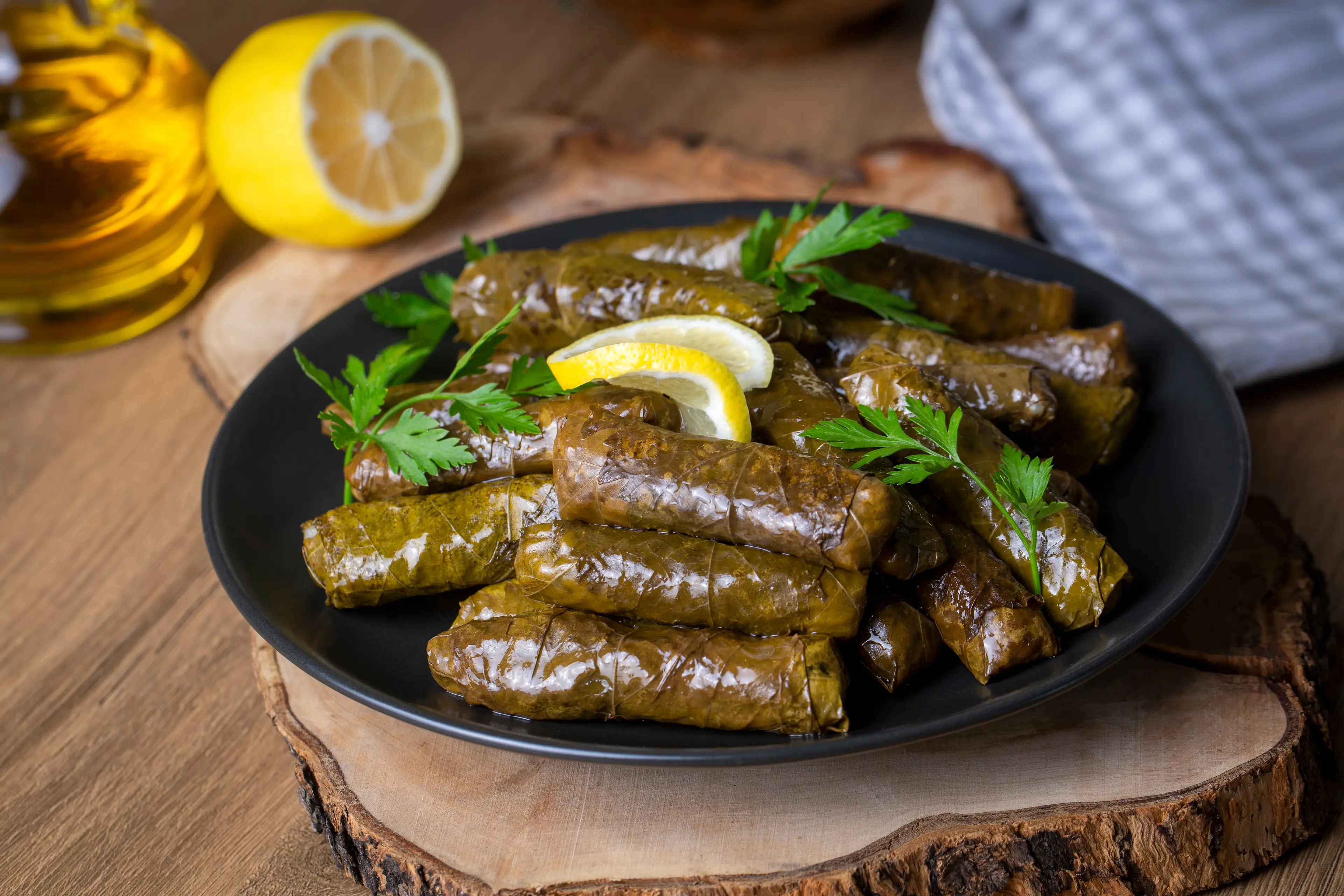
Dolmades
Stuffed grape leaves typically filled with rice, pine nuts, and various herbs. They are often served with a side of yogurt and are a common starter in Cretan cuisine.
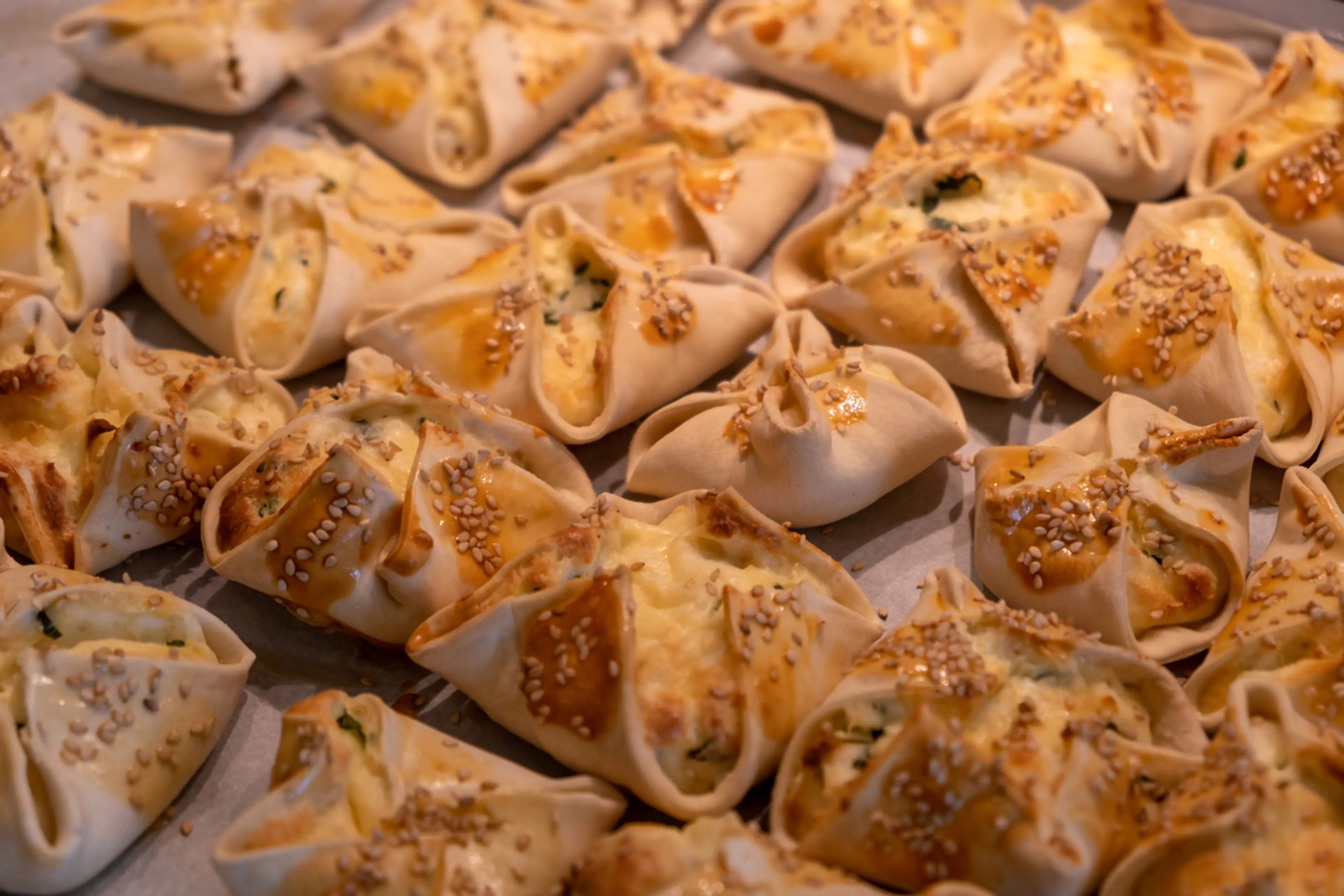
Kalitsounia
Sweet cheese pastries that are a popular dessert in Crete. They are made with mizithra cheese and often flavored with cinnamon and honey.

Souvlaki
A popular Greek fast food consisting of small pieces of meat and sometimes vegetables grilled on a skewer. It is usually served with pita bread, salad, and tzatziki sauce.

Tzatziki
A traditional Greek sauce or dip that is made of yogurt, cucumber, garlic, and dill. It is often served with grilled meats or as a dip for bread.
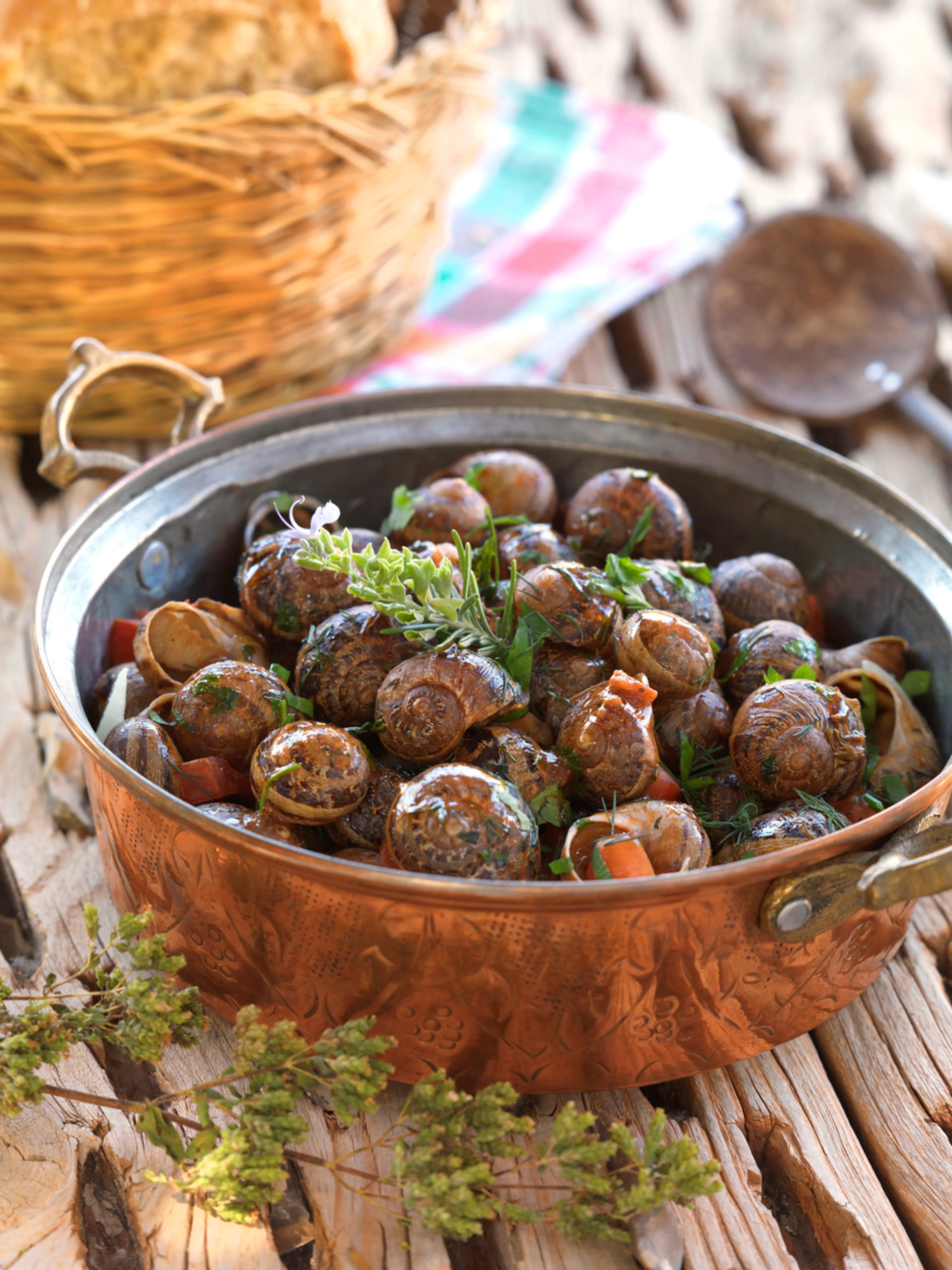
Chochlioi Boubouristi
A traditional Cretan dish consisting of snails fried in olive oil with rosemary and vinegar. A unique delicacy for adventurous food lovers.

Retsina
A traditional Greek white or rosé resinated wine, which has been made for at least 2000 years. Its unique flavor is said to have originated from the practice of sealing wine vessels with Aleppo Pine resin in ancient times.

Bougatsa
A traditional Greek pastry made with phyllo dough and filled with custard, cheese, or minced meat. In Crete, the most common filling is sweet custard.

Koulourakia
Traditional Greek cookies that are typically made during Easter. They are butter-based with a sweet vanilla flavor, and are known for their twisted design.
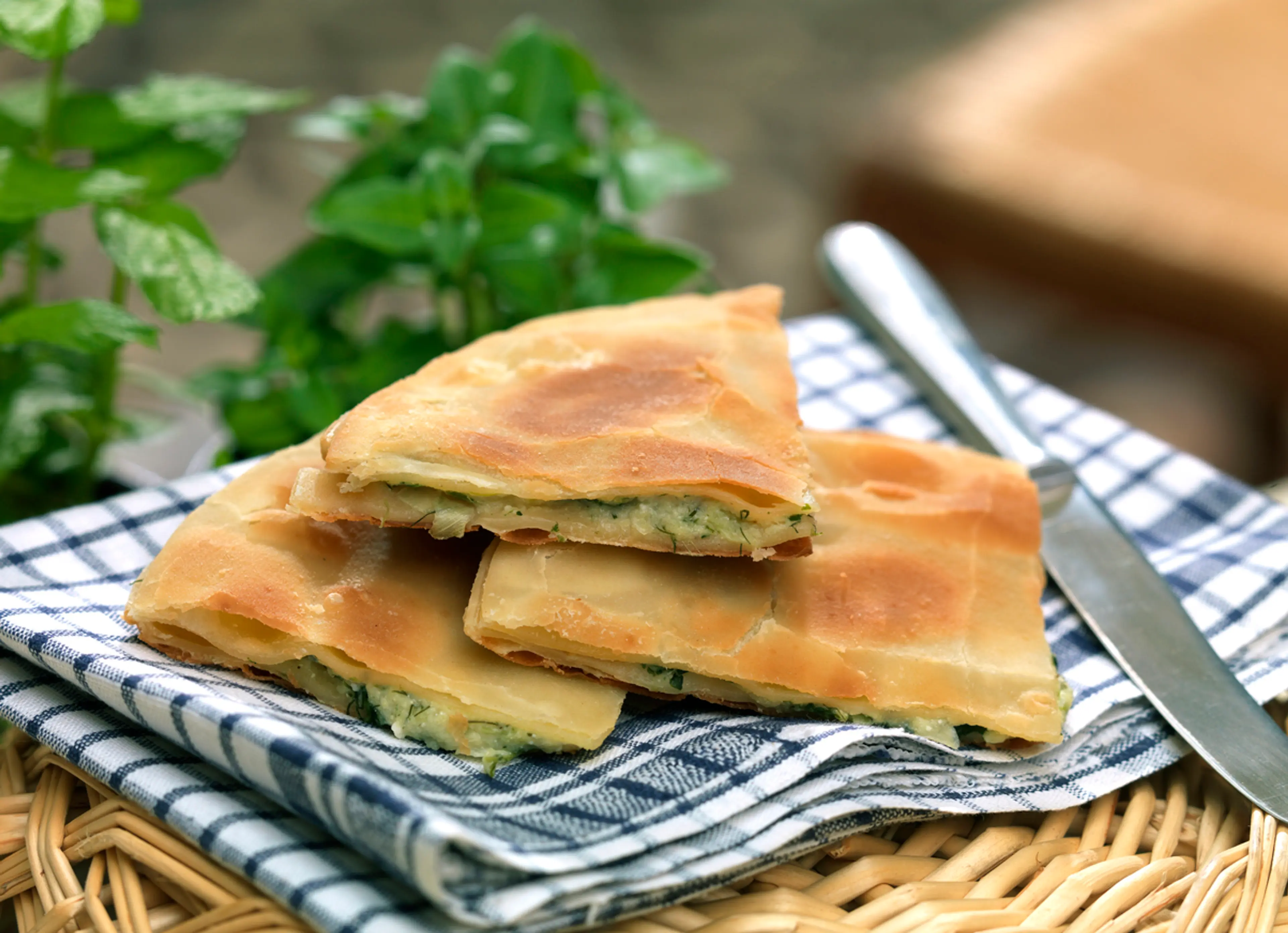
Sfakian Pie
A traditional Cretan flat pie made from dough, mizithra cheese and honey. It is named after the region of Sfakia, where it originated. Less commonly, it can also contain spinach.
Best time to visit
The best time to visit Crete, Greece is typically during the late spring or early autumn months, specifically May, June, September, and October. During these months, the weather is warm but not too hot, making it perfect for exploring the island's beaches, historical sites, and beautiful landscapes. The summer months of July and August can also be a good time to visit, but they are usually the busiest and hottest months. If you prefer a quieter and cooler vacation, consider visiting during the shoulder seasons.
How to get around
Car Rental
Renting a car is one of the most popular ways to get around Crete. It offers the freedom to explore the island at your own pace. There are numerous car rental agencies available at the airport and in major towns. Remember that driving is on the right side of the road in Greece.
Public Bus
Crete has an extensive public bus system that connects major towns and tourist destinations. The buses are reliable and relatively comfortable. Timetables can be found at local bus stations or online.
Taxi
Taxis are widely available in Crete and can be hailed on the street, booked in advance, or picked up from designated taxi ranks. They are metered, but it's also common to agree on a fare before the journey. Taxis can be a convenient option for short trips or if you're traveling with a lot of luggage.
Ridesharing
Ridesharing services, such as Uber, are not currently available in Crete. However, there are local apps like Beat that offer similar services. These can be a convenient and cost-effective way to get around, especially in larger towns and cities.
Bicycle Rental
Renting a bicycle can be a fun and eco-friendly way to explore Crete's towns and countryside. There are numerous bike rental shops, particularly in tourist areas. However, be aware that Crete's hilly terrain and hot summer weather can make cycling challenging.
Ferry
Ferries are a great way to explore Crete's beautiful coastline and visit nearby islands. There are regular services from the main ports of Heraklion and Chania. Some smaller ports also offer local ferry services.
Foot
Many of Crete's towns and cities are compact and pedestrian-friendly, making walking an enjoyable way to get around. This is particularly true in historic areas like Chania's Old Town, where narrow, winding streets are best explored on foot.
Motorbike or Scooter Rental
Renting a motorbike or scooter can be a fun way to get around Crete, particularly in rural areas or along the coast. However, be aware that you'll need a valid motorcycle license, and you should always wear a helmet for safety.
Important information
Currency€ EUR
Time zoneUTC+2
Driving sideRight
Emergency phoneAmbulance: 112, 166; Fire: 112, 199; Police: 112, 100
Drinking waterOpt for bottled water
Power sockets
Voltage230 V
Things to know about Crete, Greece as a first time visitor
1
Crete is the largest island in Greece and the fifth largest in the Mediterranean.
2
The official language is Greek, but English is widely spoken in tourist areas.
3
The currency used in Crete is the Euro (€). Credit cards are widely accepted, but it's always a good idea to carry some cash.
4
Crete has a Mediterranean climate. Summers (June to September) are hot and dry with temperatures ranging from 86°F to 95°F (30°C to 35°C), while winters (December to February) are mild with temperatures ranging from 50°F to 60°F (10°C to 15°C).
5
Crete is two hours ahead of Greenwich Mean Time (GMT+2).
6
The island is known for its healthy and delicious Cretan Diet, which is a variant of the Mediterranean Diet.
7
Tipping is customary in Crete. It's common to leave a 5-10% tip in restaurants and round up to the nearest Euro for taxi drivers.
8
Crete operates on 230V supply voltage and 50Hz. The power sockets are of type F, so you may need a travel adapter.
9
Public transportation is reliable and extensive. Buses are the main form of public transport, and there are also taxis available.
10
Driving is on the right side of the road. If you plan to rent a car, an International Driving Permit is required along with your domestic license.
11
Crete has a lower crime rate compared to other European destinations, but it's always wise to take standard precautions to protect your belongings.
12
The tap water in Crete is generally safe to drink, but bottled water is recommended for those with sensitive stomachs.
13
Crete has four airports: Heraklion, Chania, Sitia, and the military airport of Kastelli.
14
Pharmacies in Crete are well stocked. However, it's advisable to bring any prescribed medications with you.
15
Crete is rich in local traditions and festivals. If you're visiting during a local feast or festival, you'll get to experience the Cretan culture at its best.
16
The island is home to many stray cats and dogs. They are generally friendly, but it's best not to feed or pet them.
17
Crete has a smoking culture, and it's common to see locals smoking in public places. However, smoking is officially banned in enclosed public places.
18
The sun in Crete can be intense, especially in the summer. Always wear sunscreen, a hat, and sunglasses to protect yourself.
19
Crete has a relaxed dress code, but it's respectful to dress modestly when visiting religious sites.
20
The emergency number in Greece is 112. It's good to have this number saved in your phone.
Basic Greek to know as a first time visitor
English phrase | Native phrase | Pronunciation | When to use it |
|---|---|---|---|
Hello | Γειά σου | Yah soo | Greeting someone |
Goodbye | Αντίο | Adio | Leaving or saying goodbye |
Please | Παρακαλώ | Parakalo | Making a request |
Thank you | Ευχαριστώ | Efharisto | Showing gratitude |
Yes | Ναι | Neh | Agreeing or confirming |
No | Όχι | Ohee | Disagreeing or denying |
Excuse me | Συγνώμη | Signomi | Getting attention or apologizing |
I don't understand | Δεν καταλαβαίνω | Den katalaveno | Communication difficulties |
Do you speak English? | Μιλάτε Αγγλικά; | Milate Anglika? | Finding someone who speaks English |
I'm lost | Έχω χαθεί | Eho hathee | Asking for directions |
Where is the bathroom? | Πού είναι η τουαλέτα; | Pou ine i tualeta? | Finding a restroom |
How much does it cost? | Πόσο κοστίζει; | Poso kostizi? | Asking for the price |
I would like to order | Θα ήθελα να παραγγείλω | Tha ithela na paragilo | Ordering food or drink |
Water | Νερό | Nero | Asking for water |
Beer | Μπύρα | Bira | Ordering a beer |
Wine | Κρασί | Krasi | Ordering wine |
Help | Βοήθεια | Voithia | In case of emergency |
Call the police | Καλέστε την αστυνομία | Kaleste tin astinomia | In case of emergency |
Good morning | Καλημέρα | Kalimera | Morning greeting |
Good night | Καληνύχτα | Kalinikta | Evening farewell |
Packing List
Clothing
Underwear for 7 days
Socks for 7 days
4-5 T-shirts
2-3 Shorts
1-2 Long pants/jeans
1 Light jacket or sweater
1 Formal outfit for dining out
1 Pair of comfortable walking shoes
1 Pair of sandals or flip-flops
1 Swimsuit
1 Hat for sun protection
1 Pair of sunglasses
1 Beach cover-up
Toiletries
Toothbrush and toothpaste
Deodorant
Razor and shaving cream
Shampoo and conditioner
Body wash or soap
Sunscreen
After-sun lotion or aloe vera
Lip balm with SPF
Travel-sized first aid kit
Prescription medications
Hand sanitizer
Travel documents and essentials
Passport
Driver's license or ID card
Health insurance card
Travel insurance documents
Hotel and car rental reservations
Emergency contacts and addresses
Greek phrasebook or dictionary
Credit and debit cards
Cash in Euros
Electronics and gadgets
Smartphone
Charger for smartphone
Universal power adapter
Headphones
Camera
Charger for camera
Memory card for camera
Portable power bank
Miscellaneous items
Travel pillow
Earplugs and eye mask
Snacks for travel
Books or e-books for leisure reading
Travel guide for Crete
Reusable water bottle
Beach towel
Beach bag
Insect repellent
Umbrella or raincoat
Daypack for excursions
Weather Conditions
Crete, Greece, is known for its Mediterranean climate, which means it has hot, dry summers and mild, wet winters. The best time to visit Crete would be during the late spring or early autumn when the weather is warm but not too hot, and the tourist crowds are smaller. During the summer months, from June to August, temperatures can reach up to 86°F (30°C), and there is very little rainfall. So, if you're planning a summer trip, pack lightweight clothing, sunblock, and a hat to protect yourself from the sun. Also, remember to stay hydrated, especially when exploring outdoor attractions. In the winter, from December to February, temperatures can drop to around 50°F (10°C), and there can be significant rainfall. If you're visiting during this time, pack a waterproof jacket and warm clothing. Despite the rain, winter can be a great time to visit if you enjoy quieter tourist sites and exploring the island's beautiful interior. The shoulder seasons, spring (March to May) and autumn (September to November), offer moderate temperatures, ranging from 60°F (15°C) to 75°F (24°C), and less crowded tourist sites. These seasons are perfect for outdoor activities like hiking and exploring the island's many archaeological sites. Regardless of when you visit, remember that weather can be unpredictable, so it's always a good idea to check the forecast before your trip and pack accordingly. Enjoy your visit to Crete!
| Month | Hi / Lo (°C) | Weather Overview |
|---|---|---|
January | 16° / 8° | January is the coldest month in Crete, with occasional rainfall. It's a quiet time for tourism, so you'll have the sights to yourself. |
February | 16° / 8° | February is still chilly with a chance of rain. The island is peaceful and uncrowded, perfect for a tranquil getaway. |
March | 18° / 10° | March sees the beginning of spring with slightly warmer temperatures. The countryside is lush and green, ideal for hiking and exploring. |
April | 23° / 12° | April is a lovely time to visit with mild temperatures and blooming wildflowers. The Easter celebrations are a cultural highlight. |
May | 27° / 16° | May is a great time to visit Crete, with warm temperatures and little rain. The beaches are less crowded, making it perfect for sunbathing and swimming. |
June | 31° / 20° | June is the start of the summer season with hot, sunny days. It's a popular time for beach activities and water sports. |
July | 34° / 23° | July is the hottest month in Crete, with long, sunny days. It's the peak tourist season, so expect crowded beaches and lively nightlife. |
August | 34° / 23° | August is equally hot with a high influx of tourists. It's a great time for beach parties, festivals, and outdoor dining. |
September | 31° / 20° | September is a fantastic time to visit with fewer crowds and still warm temperatures. It's ideal for sightseeing and enjoying the local cuisine. |
October | 27° / 16° | October offers pleasant weather with fewer tourists. It's a great time for exploring historical sites and enjoying the local harvest. |
November | 23° / 12° | November sees cooler temperatures and the start of the rainy season. It's a quiet time for tourism, perfect for a peaceful retreat. |
December | 18° / 10° | December is a cool month with occasional rain. Christmas celebrations add a festive touch to the island's charm. |
Did you know?
Places near by Crete, Greece

Santorini
Famous for its stunning sunsets, white-washed buildings, and blue-domed churches.

Mykonos
Known for its vibrant nightlife and beautiful beaches.

Athens
The capital of Greece, known for its historical sites such as the Acropolis.

Rhodes
Famous for the Colossus of Rhodes, one of the Seven Wonders of the Ancient World.

Thessaloniki
Greece's second-largest city, known for its festivals, events, and vibrant cultural life.

Patras
The third largest city in Greece, known for its Carnival and Rio-Antirrio Bridge.

Kos
Known for its abundant sandy beaches and Greek and Roman landmarks.